The Human Brain as a Transducer
What if the human brain is not a self-contained information processor but simply a transducer?
Transduction Is All Around Us
For those reading this article that has no idea what a transducer is, I will explain it by using the following example. Your pc or laptop is a great example of a transducer. It is possible to connect it wirelessly to other electronic devices via the internet and also to multimedia sources like youtube, zoom etc.
When I am having a zoom session with a client, representations of our voices and images travel bidirectionally through various transition points until it finally activates each other’s headsets through which we hear impressions of the voices of those to whose equipment are connected. If we are also utilising video, cameras will convert our images to the appropriate format and it will be displayed on the screen. This process goes through many transition points in both directions. The representations of images and sounds are communicated via wi-fi, fibre optic cables or satellites orbiting the earth. Not so long ago these communication channels could accommodate only one conversation at a time, with communications running in only one direction, but modern technology has made multi-user bidirectional communication possible.
When everything is working smoothly, my conversation with the client is as seamless as it would be if we were in the same room even though we may be thousands of kilometres apart.
When I speak into my microphone, sound waves produced by my voice are converted by the microphone into a pattern of electrical energy that represents my voice. The better the quality of the microphone, the more accurately it duplicates my voice at the other end.
That conversion process - the shifting of a “signal” - a meaningful, non-random pattern of activity - from one medium to another medium is called transduction.
Transduction is all around us, even in organic processes. Our bodies are completely encased by transducers. Our sense organs - eyes, ears, nose, tongue, and skin - transduce distinctive properties of sound, images, electromagnetic radiation, air pressure waves, airborne chemicals, liquid-borne chemicals, textures, pressure, and temperature into distinctive patterns of electrical and chemical activity in the brain.
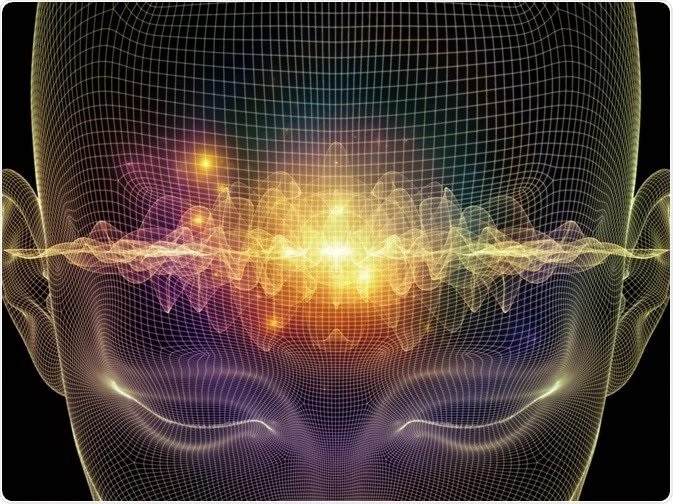
The Ultimate Transducer
What if the human brain is a complex transducer that could transmit and receive signals from a very different kind of world…say a parallel universe or universes?
Most religions reject the idea of a mortal soul and teach that there are realms that transcend reality as we know it. The idea of a realm that somehow transcends the one we experience directly has taken on many forms over the centuries.
William James, a prominent Harvard philosopher and regarded as America’s first psychologist published a short book entitled Human Immortality - Two Supposed Objections to the Doctrine, in which he praised his contemporaries for boldly using scientific methods to investigate providential guidance in response to prayer, instantaneous healings, premonitions, apparitions at time of death, clairvoyant visions or impressions, and a whole range of mediumistic capacities.
Regarding human consciousness, James asserted that a universe-wide consciousness existed that beamed human consciousness into our brains “as so many finite rays,” just as the sun transmits rays of light onto our planet. Our brains, he said, generally suppress and filter true consciousness, although it sometimes allows “glows of feeling, glimpses of insight, and streams of knowledge” to shine through. He called this idea “transmission theory.”
Ideas like James’s have been around for thousands of years. In his 2006 book, Life After Death: The Burden of Proof, medical doctor and integrative medicine guru Deepak Chopra says that ancient Hindu texts teach that the material world we know is nothing but a projection from a universal consciousness that fills all space. Death, he says, is not an end but a merging of a relatively pathetic human consciousness with that of a dazzling universal one. To add gravitas to this idea, he does what many recent authors have done. He suggests that modern formulations of quantum physics are consistent with his belief in universal consciousness.
The connection between physics and modern theories of mind and consciousness may sound far-fetched, but modern physicists take the idea of parallel universes seriously. They debate the details, but they can hardly ignore the fact that the mathematics of at least three of the grand theories at the core of modern physics - inflation theory, quantum theory, and string theory - predict the existence of alternate universes. Some physicists believe that signals can leak between the universes and that the existence of parallel universes can be confirmed through measurements or experiments. In a recent essay, physicist A. A. Antonov argues that our inability to detect that vast amount of dark energy and dark matter that exist in our universe is evidence of the existence of parallel universes, six of which, he speculates, are directly adjacent to our own.
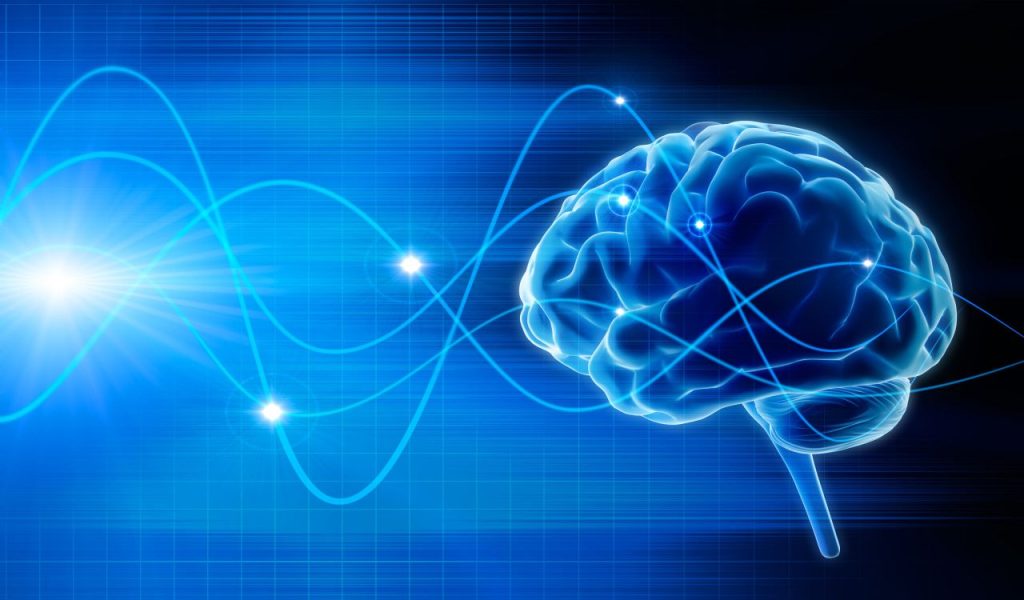
Evidence for Transduction?
So is there evidence to support a theory of transduction? This is where, perhaps, you expect me to talk about the claims that best-selling authors have made in recent years about the “proof” that telepathy, out-of-body experiences, and communication with the dead are real.
When internal perception goes awry, people can be overwhelmed by hallucinations, visions (sometimes of a religious nature), or distortions of reality so extreme they have to be hospitalized.
Even the “normal” among us hallucinate several times each night - we call it dreaming - and we all have at least two highly disorienting experiences each day called “hypnogogic states” - those eerie and sometimes creative interludes between sleeping and waking.
People sometimes have vivid dreams that seem as good as any Hollywood film. Alas, most of the time, no matter how hard they try, cannot hold on to even a shred of this once they are in waking consciousness.
This begs the question: “Where does all this content come from, and why do we have so little control over it?”
Hold this question in mind as we move on to what experts have, in recent years, clumsily labelled “paradoxical lucidity.” (an unexpected, spontaneous, meaningful, and relevant communication or connectedness in a patient who is assumed to have permanently lost the capacity for coherent verbal or behavioural interaction due to a progressive and pathophysiologic degeneration such as dementia and Alzheimers. These labels refer to what might simply be called “the last hurrah” - the burst of mental clarity that sometimes occurs shortly before death…even people for whom such clarity should be impossible.
For more than two centuries, medical journals have published credible reports of highly impaired, uncommunicative people who suddenly became lucid for a few minutes before they died. There are documented cases in which people with dementia, advanced Alzheimer’s, schizophrenia, and even severe brain damage - people who have not been able to speak or recognize their closest relatives for years - suddenly recognised them and spoke normally.
A 2020 study summarising the observations of 124 caregivers of dementia patients concluded that in “more than 80% of these cases, complete remission with the return of memory, orientation, and responsive verbal ability was reported by observers of the lucid episode” and that “[the] majority of patients died within hours to days after the episode.” The periods of lucidity typically lasted between 30 and 60 minutes.
Some of the historical reports of lucid episodes are truly extraordinary. Here are just two of the many cases reported by Michael Nahm and his colleagues in 2012:
In a case published in 1822, a boy at the age of 6 had fallen on a nail that penetrated his forehead. He slowly developed increasing headaches and mental disturbances. At the age of 17, he was in constant pain, extremely melancholic, and starting to lose his memory. He fantasized, blinked continuously, and looked for hours at particular objects. He remained in the hospital in this state for 18 days. On the morning of the 19th day, he suddenly left his bed and appeared very bright, claiming he was free of all pain and feelings of sickness. A quarter of an hour after the attending physician left him, he fell unconscious and died within a few minutes. The front part of his brain contained two pus-filled tissue bags the size of a hen’s egg. (Pfeufer, 1822)
Haig (2007) reported the case of a young man dying of lung cancer that had spread to his brain. Toward the end of his life, a brain scan showed little brain tissue left, the metastasized tumours had not only pushed aside normal brain tissue but had destroyed it. In the days before his death, he lost all ability to speak or move. According to his medical caretakers and wife, however, an hour before he died, he woke up and greeted his family, speaking with them for about five minutes before losing consciousness again and dying.
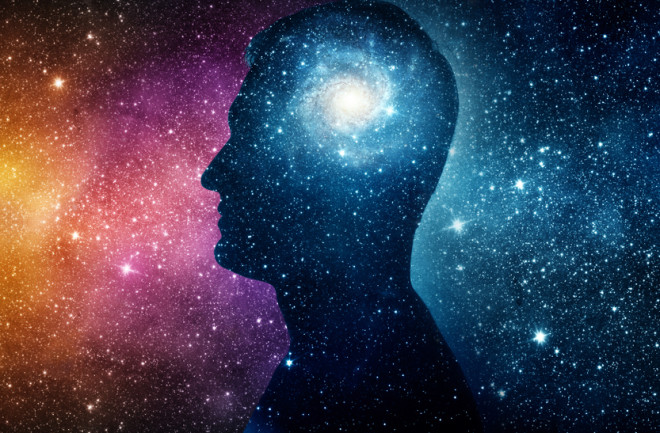
If the brain is a self-contained information processor, it becomes possible to explain the sudden return of lucidity despite the brain being severely damaged. Think about the variability that occurs in our lucidity over a day, during which we are, at regular intervals completely unconscious, partially conscious, or fully conscious.
This problem is addressed in an intriguing paper published by Jorge Palop and his colleagues in Nature in 2006, who notes that patients suffering from a variety of neurodegenerative disorders often fluctuate between states of extreme confusion and relatively normal mental states. Such radical changes, they note, “cannot be caused by sudden loss or gain of nerve cells.” They regard this variability problem as a complete mystery.
But what if the variability is not caused by changes in “processing” power in the brain but rather by transduction effects? By changes occurring not in our local universe but in an alternate universe.
There are also what appear to be credible reports about visual experiences that some congenitally-blind people have had when they were near death. Experiences of this sort were first summarized in a 1997 paper by Kenneth Ring and Sharon Cooper, later expanded into a book called Mindsight (1999). The paper and book describe the experiences of 14 people who were blind from birth and who had near-death experiences (NDEs), some of which included visual content. Soon after Vicki U. was in a near-fatal car accident at age 22, she remembered “seeing” a male physician and a woman from above in the emergency room, and she “saw” them working on a body. According to Vicki:
“I knew it was me... I was pretty thin then. I was quite tall and thin at that point. And I recognized at first that it was a body, but I didn't even know that it was mine initially. Then I perceived that I was up on the ceiling, and I thought, "Well, that's kind of weird. What am I doing up here?" I thought, "Well, this must be me. Am I dead?"
Born premature, Vicki had suffered severe damage to her optic nerves while still in an incubator. She had never had any visual experience before her NDE, and, according to the researchers, did not even “understand the nature of light.” While in her near-death state, she also claimed to have been flooded with information about math and science. According to her:
“I all of a sudden understood intuitively things about calculus, and about the way, planets were made. And I did not know anything about that before ... I felt as if there was nothing I didn't know.”
Several aspects of Vicki’s recollections are intriguing, but the most interesting is her visual experiences. How is it possible for someone who has never had any experience of sight… “No light, no shadows, nothing visual ever,” according to Vicki, suddenly have rich and detailed experiences of a visual nature? Ring and Cooper found others like Vicki - congenitally blind people who not only had visual experiences when near death but whose NDEs were remarkably similar to some common NDEs of sighted people.
And why can we not physically experience past physical pain? We can remember facts and figures and images most of the time and we can even get choked up remembering strong emotions, but we cannot feel past physical pain. Are the sensations of pain filtered out by transduction pathways? Could that be why our dreams are pain-free? That begs an obvious question: “Are alternate universes (“the other side”) a kind of pain-free Heaven?
Have you ever encountered a stranger who made you feel as if you have met them before? Most of the time this person will have the same feeling about you. This can be a strong almost overwhelming feeling. We can try to explain such feelings with speculations about how a voice or physical characteristics might remind us of someone from our past, but there’s another possibility - that in some sense you in fact know this person. If the brain is a bidirectional transducer, that is not a strange idea at all.
Dreams, hallucinations, lucidity that comes and goes, lucidity that should be impossible, that strong sense of knowing someone, blind vision, our inability to remember pain, dissociative identity disorder, schizophrenia, or déjà vu.None of these phenomena looks mysterious when viewed through the lens of transduction theory.
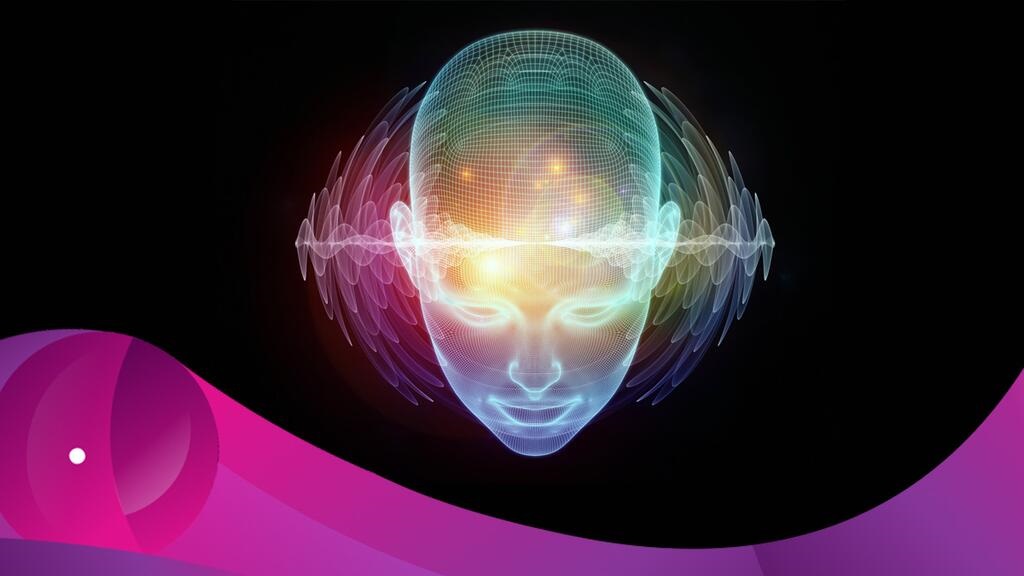
A Better Brain Theory
Let’s set aside both the mundane and the exotic reasons why we should take transduction theory seriously and get to the heart of the matter: The main reason we should give serious thought to such a theory has nothing to do with ghosts. It has to do with the sorry state of brain science.
Joseph Dorri a research scientist recently calculated that Beethoven’s thirty-two piano sonatas contain a total of 307,756 notes, and that doesn’t take into account the hundreds of sections marked with “repeat” symbols. Beethoven’s scores also include more than 100,000 symbols that guide the pianist’s hands and feet, time signatures, pedal notations, accent marks, slur and trill marks, key signatures, rests, clefs, dynamic notations, tempo marks, and so on.
Why is this important? Because piano virtuoso and conductor Daniel Barenboim memorized all thirty-two of Beethoven’s sonatas by the time he was 17. He has since memorized hundreds of other major piano works, as well as dozens of entire symphony scores - tens of millions of notes and symbols.
Do you honestly think that all this content is somehow stored in Barenboim’s brain? Sorry, but if you study his brain for a hundred years, you will never find a single note, a single musical score, a single instruction for how to move his fingers - not even a “representation” of any of those things. The brain is simply not a storage device. It is an extraordinary entity for sure, but not because it stores information.
Scientists remain completely baffled by where human intelligence comes from. Transduction theory is not another metaphor suggesting how the brain operates. I am suggesting that the brain is truly a bidirectional transducer and that we will in due course find empirical support for this theory, one that will have profound implications, as you may have already guessed.
In a way, we are already surrounded by evidence that supports the transduction theory. Recall that Einstein’s Special Theory of Relativity, published in 1905, and then his General Theory of Relativity, published in 1915, received no direct and convincing empirical support for several years - first regarding predictions his equations made about the perihelion precession of Mercury’s orbit, then about the bending of light around the sun (observed by Arthur Eddington in 1919), and then about the gravitational redshift of light. It took a full century before his predictions about gravity waves were confirmed.
If we can cast some aspects of transduction theory into formal, predictive terms, we may be able to make specific predictions about transduction in either direction - about subtle variations in reaction times, for example, or about duplex interference patterns. We may also be able to predict quantitative aspects of dreams, daydreams, hallucinations, autism, and schizophrenia.
And then there’s the question of mechanism. If you transported a 17th-century scientist to the present day and showed him or her how well you can converse with someone using a cell phone, he or she would almost certainly want to examine the contents of the phone. They will regard the remote voice to be inside the handset. To put this another way, a Renaissance scientist will naively view the phone as a self-contained processing unit, much as today’s brain scientists naively view the brain.
The 17th-century scientist will never find the remote voice inside the cellphone because it is not to be found there. If we explain to the scientist that the phone is a transducer, however, he or she will now examine the phone in a very different way, searching for evidence of transduction, which he or she - aided by appropriate instruments and knowledge - will find.
This brings me to the problem: If you never teach that scientist about transduction, he or she might never unravel the mysteries of the cellphone.
If modern brain scientists begin to look for evidence that the brain is a transducer, they are likely to find such evidence. They can find it directly, through a new understanding of pathways, structures, brain injuries, electro-chemical activity, or brain waves, or they can find it indirectly, by simulating aspects of brain function that appear to be capable of transducing signals. Neural networks, which have proved useful in computing, were inspired by relatively simplistic observations of brain anatomy and activity. Other aspects of brain function might inspire new devices or computer programs that allow transduction to be simulated.
We may inadvertently even create mechanisms that either send signals to a parallel universe, or, of greater interest, that receive signals from that universe.
The theory of transduction and that the human brain can have connections to parallel universes is a tenable one. Some humans may even have stronger connections than others because all connections are subject to disruption. Efficient and clear transduction might be the key to understanding the evolution of consciousness.
It might take decades for us to unravel this mystery, but with the vast resources already devoted to the brain sciences and with multiple Nobel prizes on the line, we may just move much faster in solving this question.
And if you are of opinion that transduction theory is just another of those inherently untestable theories - like string theory or theories about parallel universes - think again. With transduction theory, we have an enormous advantage, the device is available for immediate in-depth study.
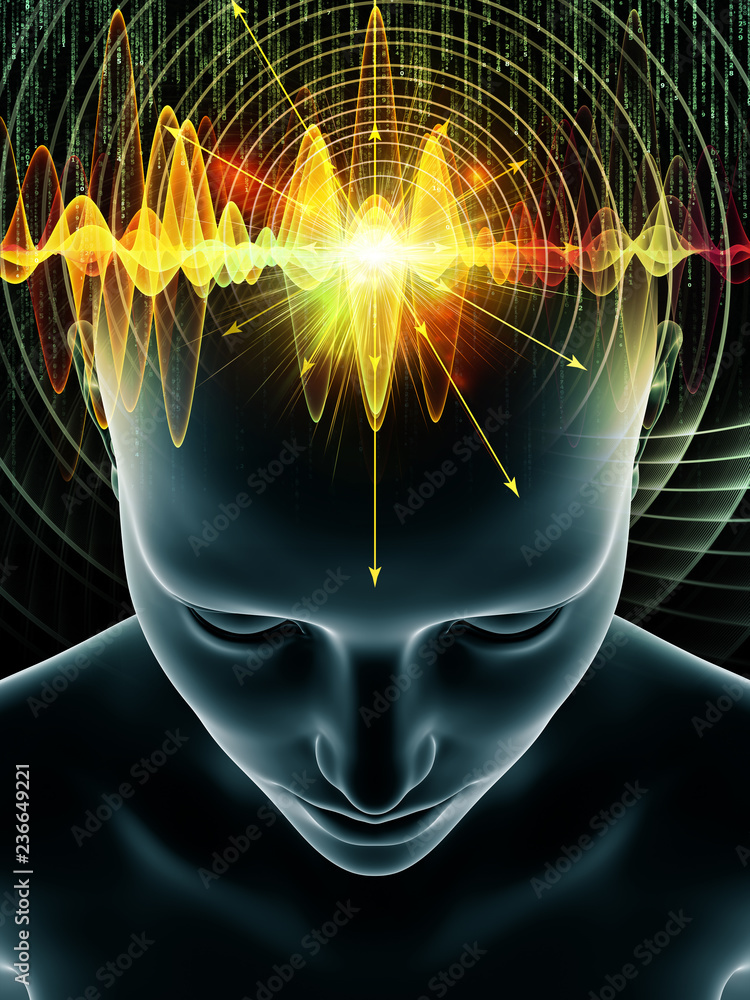
Implications
What will happen and how will things change if we find evidence to support a transduction theory of the brain? Brain transduction research could then produce evidence of pathways between our universe and one or more parallel universes, and that in turn might allow us to learn, over time, how to communicate in new ways along such pathways.
It’s reasonable to speculate that if transduction theory proves to be useful as a way of understanding the brain, our understanding of the universe and our place in it will change profoundly. We may not only be able to make sense of dozens of odd aspects of human experience, but we may also be able to unravel some of the greatest mysteries in the universe. We would then be able to reconcile relativity and quantum mechanics, where our universe came from, and what else is out there.
Conclusion
If the human brain is truly a transducer that connects us to alternate universes, the so-called ”other side” or to a Vast Cosmic Intelligence, we are unlikely to confirm this if we continue to cling to the idea that the brain is no more than a self-contained information processor. Humans are organisms, albeit more developed than the organisms we find in nature. While there is no evidence that organisms process information, nature is superb at building transducers. We are encased in transducers from head to toe, and our brain is very likely to be one too...a very unique and powerful one at that.
Good researchers are always a little hard-headed. What drives me regarding this topic is the fact that I am very aware of how little we know about ourselves and the universe. If the idea that the brain is a transducer is to stimulate new kinds of research and in the process bring order to what seem to be scores of unrelated, bizarre, but highly persistent beliefs about humanity and our connection to the cosmos, then the time has arrived to do so.
©2023 Juan Esterhuizen











































